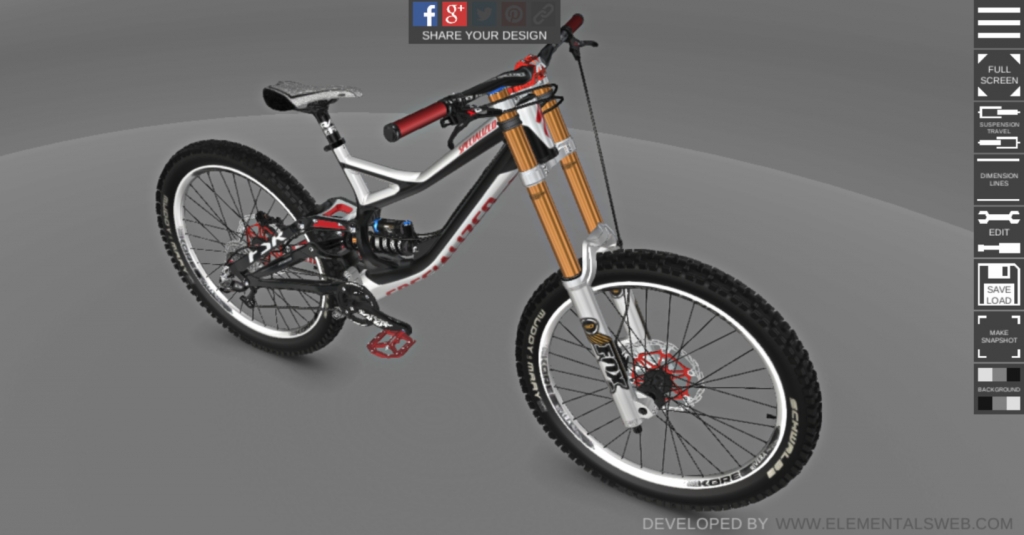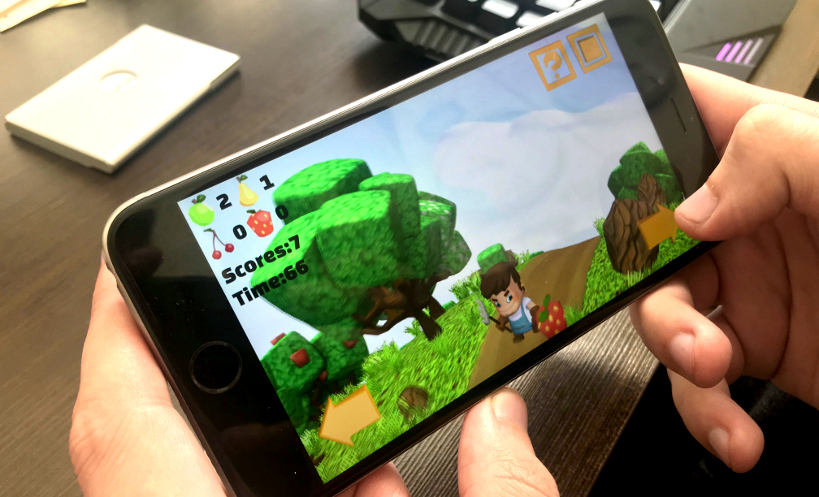This topic may sound a bit controversial but let me explain why I decided to write this article.
3D web technologies evolve really fast because they are easy to consume, improve user experience and enrich visuals of your websites. Whether it’s a car, a building, some home appliance, a piece of furniture, clothing, jewelry, e-learning manual or just simple rotating model – it looks just gorgeous in 3D.
Moreover, interactive 360 view and zoom allows your visitors to observe an item from all sides, configure it to their liking, see how it actually works.
But the topic of this article is not about why 3D web is cool. As such, let’s get right to the question specified in the title. Which one is better and why: Unity3D, Verge3D or Sketchfab!
And maybe the first suspicion you have in mind is:
Is it right to compare 3D engines like Unity and Verge3D with a cloud service like Sketchfab?
I believe it is and here are some of my reasons why.
Unity is no longer a pure desktop/mobile engine
A while ago Unity3D developers decided to drop their famous browser plug-in called Unity Web Player and started to support WebGL as a target platform. This was a big step forward since the users can now play with 3D using their browsers without installing any plugins.
However, Unity WebGL became really sophisticated software compiled to the browser environment using a 2-stage language translator (C# to C++ and finally to JavaScript). That’s the main reason why it has issues with performance and works not so good on mobile devices. BTW if you’re interested about the technical part, you can check out the article comparing Unity3D with pure JavaScript solutions.
Unity3D is not only for game development
I better give a demonstration. This is a bike customizer developed using Unity. Yes, it loads not so fast, may crash on your older iPhone, looks not so good and has some issues with UI but nevertheless, you can have a full-scale e-commerce application made with Unity on your website!

Nowadays Sketchfab comes with customization APIs
Let’s talk about Sketchfab. Initially, it was just a web hosting for 3D models. But time flows and Sketchfab developers have been improving the service. Now, it supports animations, some level of customization, external APIs and monetization. As such, we can’t say that Sketchfab is just a hosting anymore – you can create more serious stuff using it.

Verge3D is evolving at a fast pace
In its infancy, Verge3D was just an artist-friendly 3D web toolkit. It allowed Blender and 3ds Max users to publish their assets on the web as well as add interactivity using visual programming tools. However, it evolved really fast since then and now comes with AR/VR support, physics engine, as well as Verge3D Network, the service to bring your models online with just a single click. In addition, it includes server-side publishing and e-commerce features implemented as a plug-in for the most popular WordPress CMS.
Another cool feature of Verge3D is integration with popular website builders such as Webflow, Google Web Designer or Adobe Dreamweaver.
See it yourself. You don’t need to be a coder to make apps like these:

Or this interactive scooter customizer which comes with 1+ million of possible combinations!

Putting it all together
So let’s get to the facts and compare the main features of these software products.
| Unity3D | Sketchfab | Verge3D | |
| Interactivity | yes | yes | yes |
| Customization | full | limited | full |
| Visual scripting | no | no | yes |
| Cloud-based | no | yes | no |
| VR/AR | yes | yes | yes |
| Free version | yes | yes | yes |
| PRO version starter price | $1500 | $180 | $290 |
| Runtime size | ~5 MB compresed | ~ 1 MB compressed | ~ 300 KB compressed |
| 3ds Max integration | no | basic exporter | yes |
| Blender integration | limited, can import blend files | basic exporter | yes |
| 3D hosting | no | yes! | yes |
| Supporting mobile devices | limited | yes | yes |
| HTML/CSS integration | limited | limited | yes |
| JavaScript support | no | no | yes |
| First released | 2014 | 2011 | 2017 |
These are some comments to the table to get things more clear:
- Visual scripting – do you need to be a coder to be able to create an app with the tool. Unity3D requires you to be an experienced C# developer, anyway, you can try some of the third-party plugins which implement visual scripting capabilities (good luck with that!).
- Cloud-based – we believe that dependency on cloud services is not good, especially for enterprise users. Check out this article to find out why.
- PRO version starter price – a minimum price which you have to pay if you are a professional developer (not a hobbyist).
- Runtime size – approximate size of the auxiliary assets (code, icons, data) which will be loaded along with your models.
- JavaScript support – whether you can create your apps using JavaScript programming language.
The end
It is almost impossible to compare such monsters in one short article. Still, I hope I’ve provided another info to get your attention and as such we can continue discussing this topic below!




Sketchfab might be nice to sell 3D models and is maybe more geared to that.
I think Verge3D provides the greatest freedom for creation and implementation. It is incredibly versatile!
Agreed! I foresee this as a significant leap in simulative web application development and truly admire the pure genius of its design.
Thank you, Simone! I believe it’s very important that our users can do completely different things with Verge3D.
Thanks to our user zjbcool we have a Chinese version of this article https://zjbcool.com/comparing-unity-sketchfab-and-verge3d.html
I’m totally agree with some of you Sketchfab it’s pretty easy to use and fast to see some of your models and sell them if you want. Unity is maybe good in some fast multiplatform builds but not optimized. Verge is being pretty good, better and better, in every new release.
I’m agree this tool (our tool) is better to be non-cloud-base and give us too much freedom and it costs an affordable price to work with it. Faster than some tests I did myself in comparison to same project done with Unity, an abyss of difference. I tried Playcanvas, it has similar response but not easy too implement it.
Thank you for your opinion. We’ll keep up making Verge3D better and better!